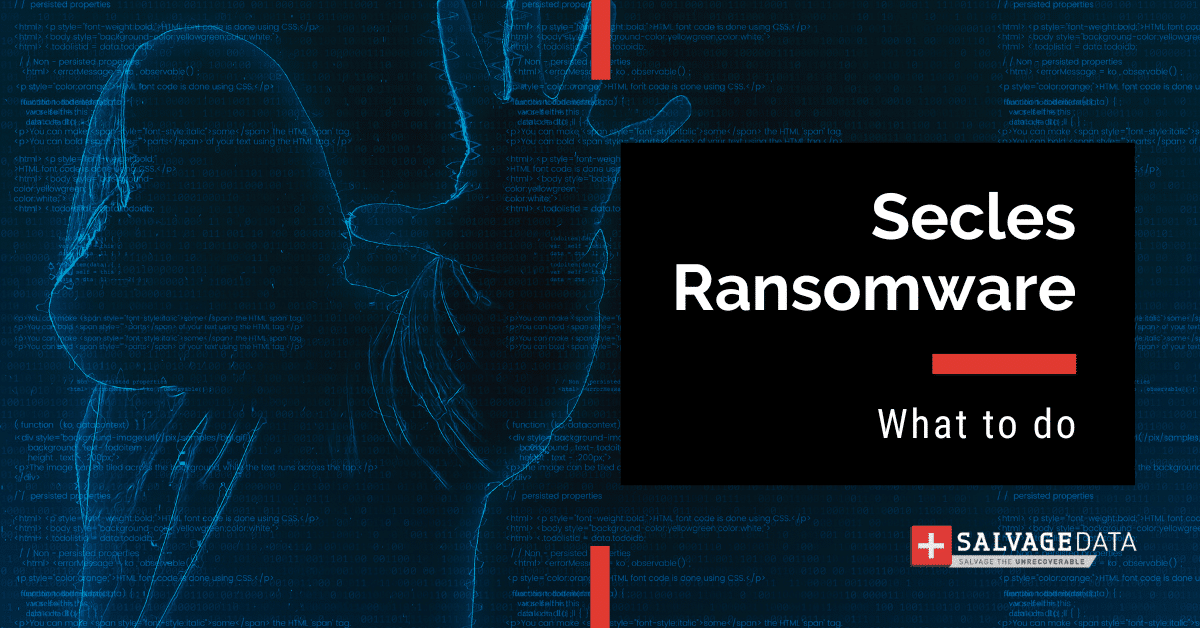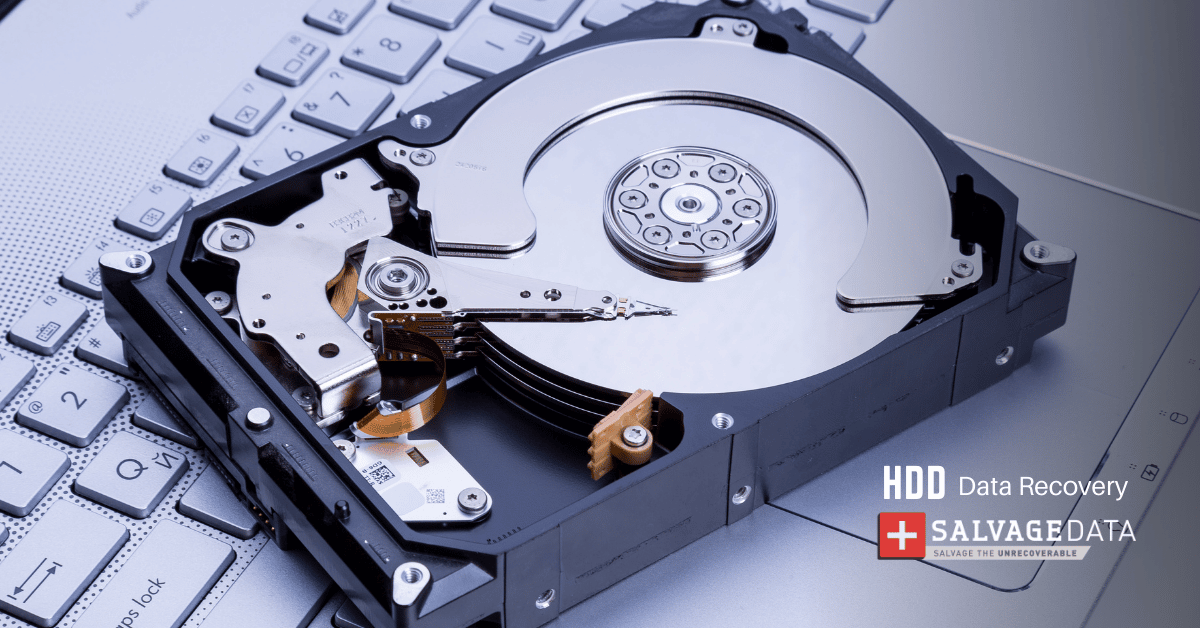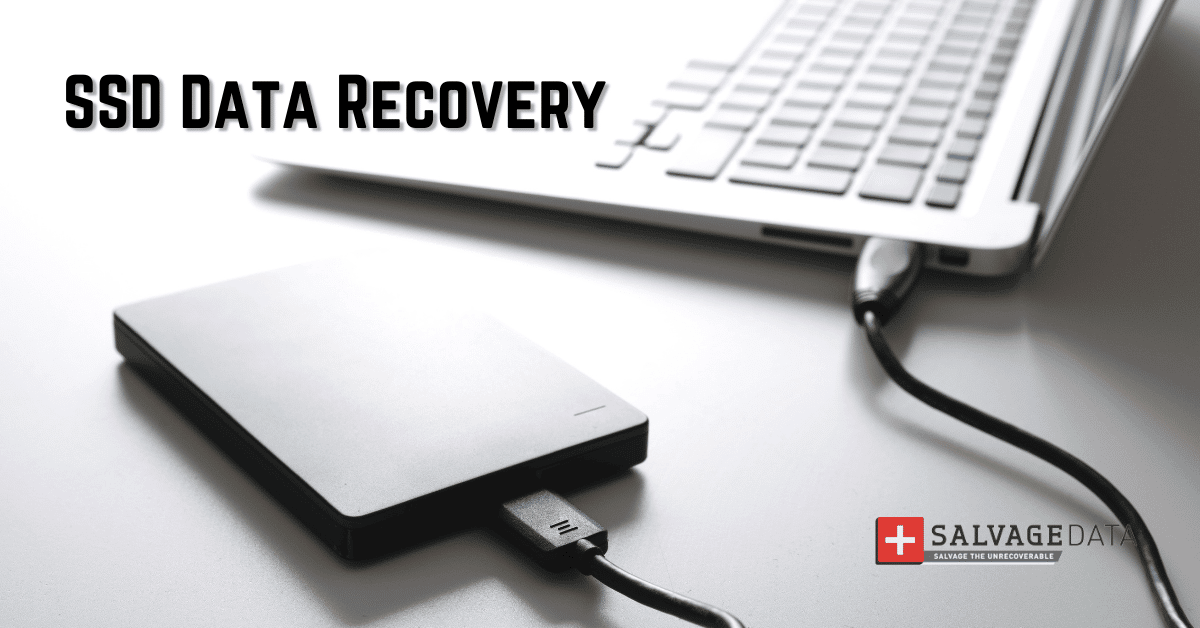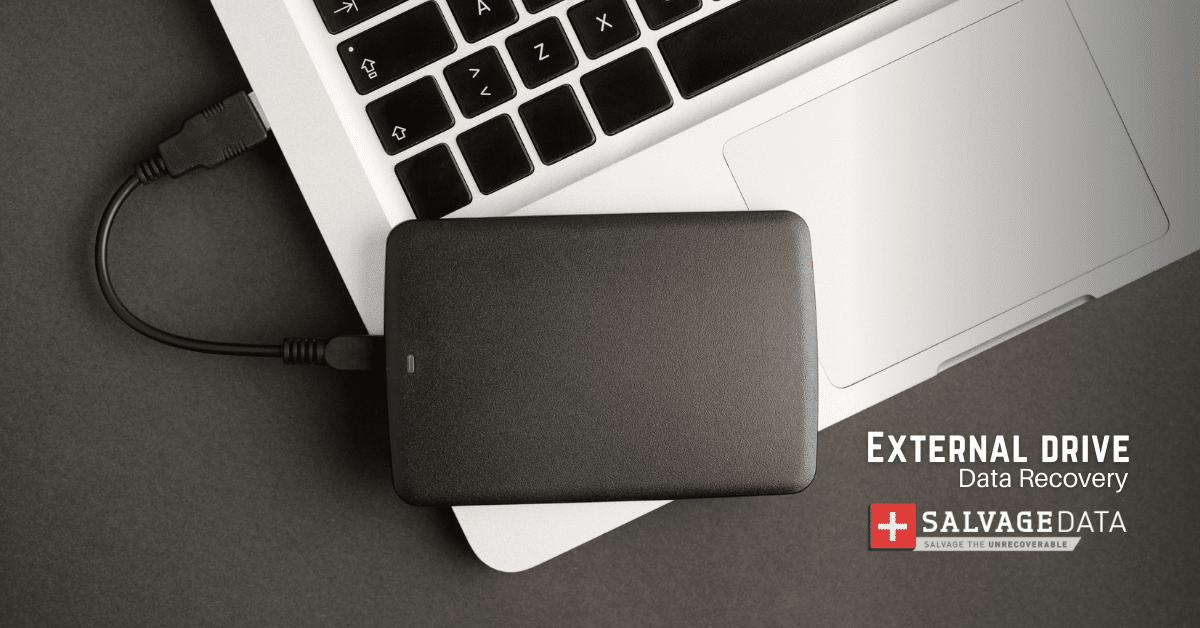Recent Articles
How To Recover Overwritten Files
The Snowflake Data Breach: A Comprehensive Overview
Mac Not Recognizing External Hard Drive: Quick Fix Solutions
How Multi-Cloud Backup Solutions Can Prevent Data Disasters
Capibara Ransomware: What is it & How to Remove
What Should a Company Do After a Data Breach: The Ticketmaster Incident
Secles Ransomware: Removal Guide
What To Do When Your Chromebook Freezes
How to Create Hyper-V Backup
What Is The Best Data Recovery Software For PC
I think there's an issue with my storage device, but I'm not sure Start a free evaluation →
I need help getting my data back right now Call now (800) 972-3282
Every major piece of technology has a beginning. Whether it was instantly adopted, took time to be accepted, or served as the basis of the idea that did catch on, most of the kinds of products you use began as a single item or invention. Karl Benz’s gas-powered internal combustion engine has been the basis for most automobiles since 1886. Magnavox kicked off the home console video game market in 1972. So, where did the hard disk drives first begin? For that, we go back to 1956, and US Patent 3,503,060.
Punch cards are a method of data storage that goes back to the 19th Century, but in the mid-1950s they were still the conventional way to save data. However, the demands of real-time accounting were becoming too great for any conventional method. IBM recognized this, and while working on their upcoming accounting computer, the IBM 305 RAMAC (Random Access Memory Accounting Machine), they were also working on what would become Genesis for magnetic disk storage. Inside the IBM 305 RAMAC was the first ever hard disk drive: the IBM 350.
Introduced in 1956, the IBM 350 was a 3 year project developed by the company’s San Jose laboratory. It had a storage capacity of 3.75 megabytes (the equivalent of 64,000 punch cards) contained on fifty 24-inch diameter disks spinning at 1,200 RPM. It was encased in a 68 square foot cabinet within the 305, which all in all weighed over a ton.
The development of the IBM 350 irked some members of IBM’s Board of Directors, because they were afraid that the technology would cannibalize the company’s highly-profitable punch card business. The project was actually cancelled for a time, but the San Jose team continued to work on it regardless. IBM President T.J. Watson Jr. eventually gave the project his blessing, and the project was green lit for good.
One of the reasons that it was so successful was its capabilities of random access data reading. Instead of having to go through unrelated data to access specific data, like with a VHS tape having to fast forward through scenes a to get to a specific part, the IBM 350 could read from any spot on the hard disks. As a result, read time for the IBM 350 was just 600 milliseconds.
The entire 305 RAMAC unit was available for rent for $3,200 a month – $27,481.88 a month in today’s dollars. It is said that IBM could have built the 350 with even more capacity, but with 3.75MB already being a massive amount of storage in 1956, IBM decided there wasn’t the marginal benefit for giving it more space.
IBM’s hard disk drive technology became one of the most profitable product lines in company history, earning the company tens of billions of dollars over the decades. However, as the decades progressed, new competitors like Western Digital and Seagate emerged. IBM wasn’t able to keep up with the innovations these companies brought to the market, and by 2002 IBM’s HDD business was a money losing operation. That year IBM sold its HDD business to Hitachi for a little over $2 billion.
A truly innovative piece of technology is one where many of its aspects stand the test of time. Innovations like magnetic platters and random access reading are still found in every hard disk drive in 2013. Even as solid state drives continue to chip away at HDDs in the hard drive market, HDDs remain the most prevalent form of data storage in the world. Since the performance of computers today would not be possible without economic means of storing our data, we owe our gratitude to IBM for helping usher in the Computer Age.













